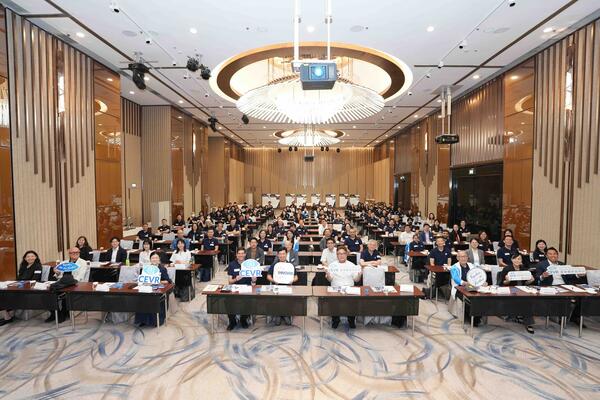
New method helps to determine what medications breastfeeding mothers can take
Waterloo Pharmacy researchers address significant gap in maternal medication research

Waterloo Pharmacy researchers address significant gap in maternal medication research
By Media RelationsIt’s the start of World Breastfeeding Week, and University of Waterloo Pharmacy researchers have developed a novel metric for an underserved research area to aid healthcare providers in advising on maternal medication use for breastfeeding mothers or nursing persons.
Breastfeeding while taking medication is often questioned, with medical practitioners erring on the side of caution and advising breastfeeding mothers not to use medications. However, considerations of medication use while breastfeeding may stop the mother’s own important drug therapy or lead to the discontinuation of breastfeeding.
“The limited information on medication use during lactation has created a significant knowledge gap that directly impacts a vulnerable population due to the exclusion of lactating persons and infants from the drug development process,” said Dr. Cindy Yeung, lead author of a paper detailing the research and a recent PhD graduate.
Dr. Yeung and colleagues have developed a new metric using mathematical modelling to aid healthcare providers in medication prescribing for those who breastfeed their infants.
“We developed the novel Upper Area Under the Curve Ratio (UAR) metric using physiologically based pharmacokinetic (PBPK) modelling to help a population that is often left out of scientific research,” said Yeung.
PBPK modelling simulates a virtual person and represents how a drug moves in a body through mathematical functions. Through this modelling, researchers can understand how much of the drug is present in the breastmilk and whether it will be transferred to the infant.
The UAR metric incorporates major factors that the current metrics lack to define risk to the breastfeeding infant: the anatomy and physiology of the infant, age-related changes in breastmilk volume consumed and variability in infant exposure. One source of variability is pharmacogenotype – a genetic variant that may lead to an increased or decreased ability of the mother or infant to excrete the drug.
“The UAR metric uses an estimated drug dose from breastmilk that is then given to virtual infants to assess likely drug exposures and to identify characteristics of those infants that may be at increased risk to high exposures. This brings researchers one step closer to understanding the response or the adverse effects you might see in infants,” Yeung said.
By implementing the UAR metric into existing informational resources, healthcare providers will have more confidence to advise on maternal medication use informed by evidence, with the potential to directly impact the quality of life for the maternal-infant pair.
Yeung’s work was mainly funded by CIHR, including the Canada Graduates Scholarship – Doctoral Award and Michael Smith Foreign Studies Supplements. Further research in this area is currently being conducted by Andrea Edginton, PhD, Hallman director at Waterloo Pharmacy, Santosh Suryavanshi, PhD, research associate at Waterloo Pharmacy and Paola Mian, PharmD, PhD, clinical pharmacist & pharmacologist-researcher at the University of Groningen, Netherlands.
The study, co-authored by Drs. Yeung, Sherilyn Houle, Philip Anderson, Brookie Best, Samuel Dubinsky and Andrea Edginton, was a collaboration between Waterloo and the University of California San Diego. The study was recently published in the Frontiers in Pediatrics journal.

Read more
Here are the people and events behind some of this year’s most compelling Waterloo stories

Read more
The InnoHK Centre for Eye and Vision Research aims to bring eye and vision research to market through Waterloo-Hong Kong partnership

Read more
15 University of Waterloo researchers have been named to the annual Highly Cited Researchers™ list for significant contributions to their specific fields of research
The University of Waterloo acknowledges that much of our work takes place on the traditional territory of the Neutral, Anishinaabeg, and Haudenosaunee peoples. Our main campus is situated on the Haldimand Tract, the land granted to the Six Nations that includes six miles on each side of the Grand River. Our active work toward reconciliation takes place across our campuses through research, learning, teaching, and community building, and is co-ordinated within the Office of Indigenous Relations.